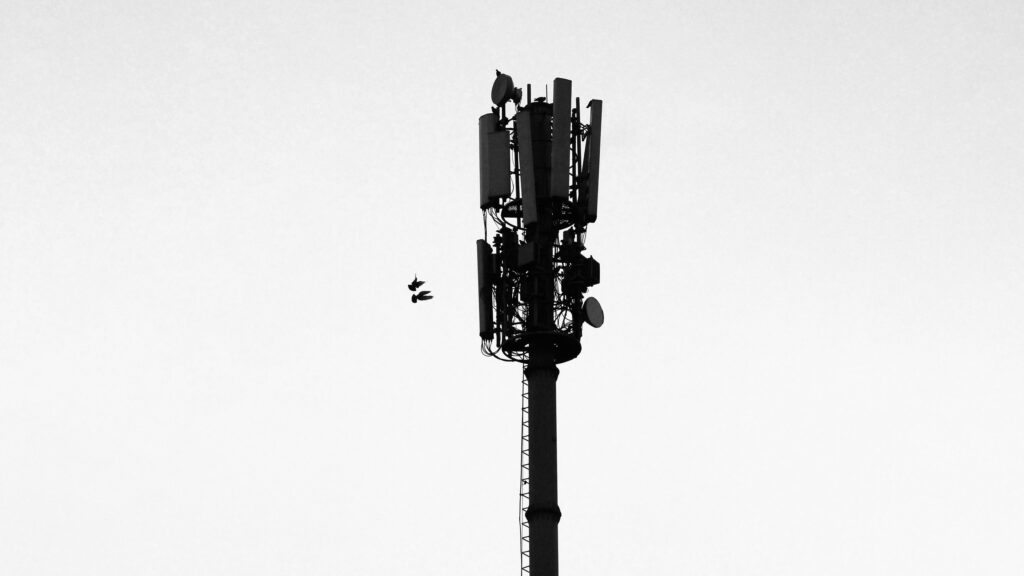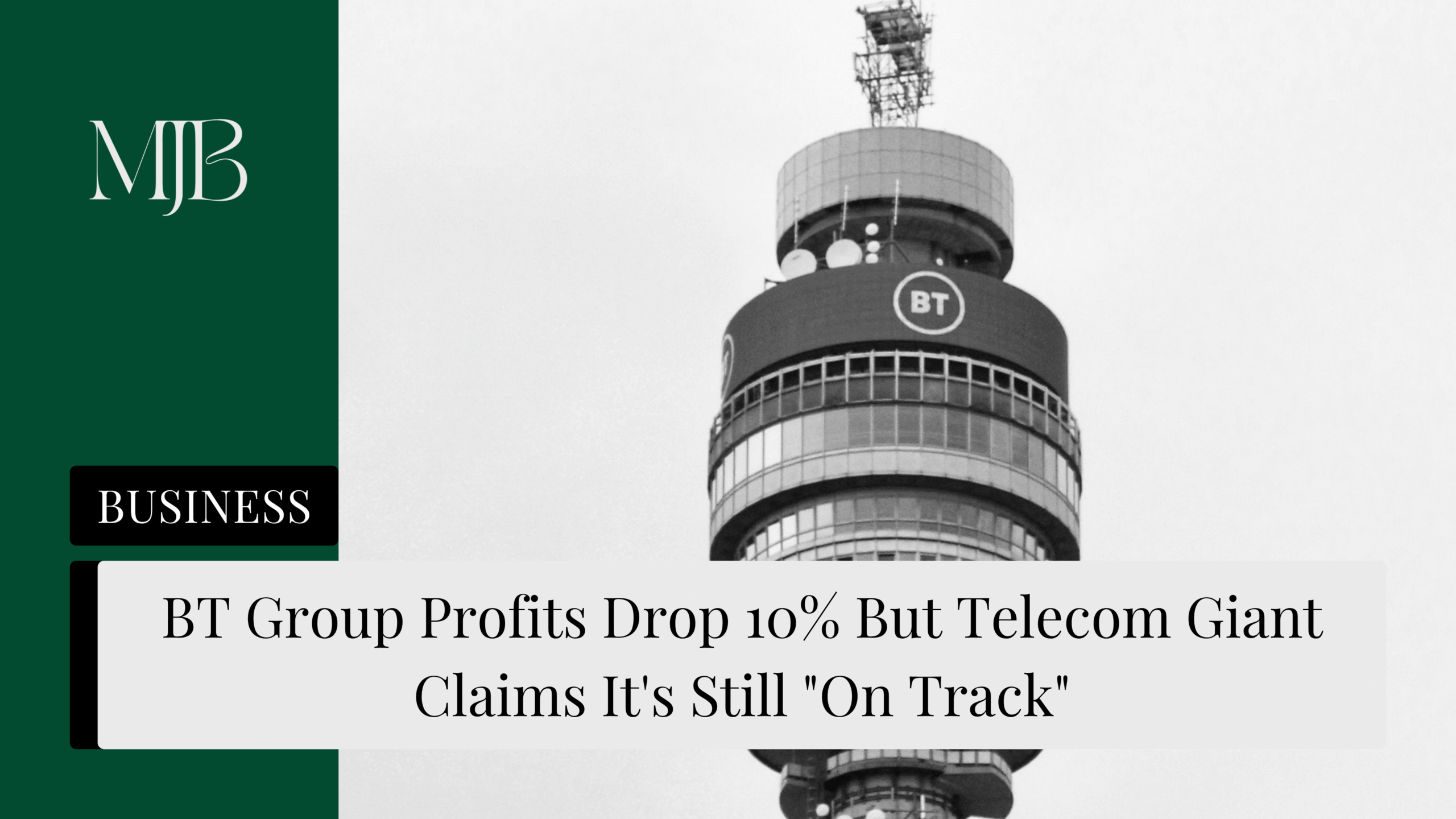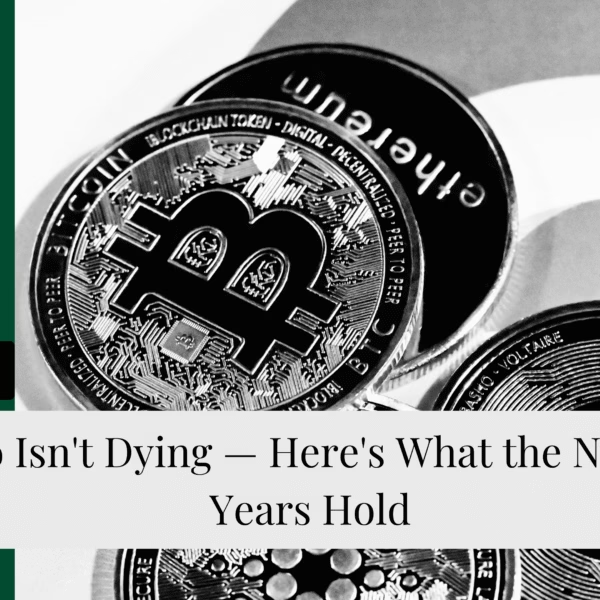Introduction
BT Group just served up a mixed bag of results. The UK telecom heavyweight saw profits tumble 10% while revenue slipped 3% – yet management’s sticking to their guns, insisting they’re “on track” for the year ahead.
Sure, the numbers don’t exactly scream celebration, but there’s more to this story than meets the eye. From record fibre demand to a major CFO shake-up, BT’s Q1 results paint a picture of a company in transition.
The Numbers Don’t Lie (But They Don’t Tell the Whole Story Either)
Profit Takes a Hit, But Here’s Why
BT’s reported profit before tax dropped to £468m – a 10% decline that might make shareholders wince. The culprit? Higher finance costs and increased depreciation eating into the bottom line.
Meanwhile, revenue fell 3% to £4.9bn, with weaker handset sales and challenging international trading doing most of the damage. It’s like watching your favourite team lose – disappointing, but you can see what went wrong.
The Silver Lining in Cost Control
BT’s adjusted EBITDA (Earnings before Interest, Taxes, Depreciation and Amortisation) only dipped 1% to £2.1bn, thanks to what they’re calling “strong cost transformation.” Translation: they’re getting better at cutting the fat while keeping the meat.
The company’s already delivered £900m in annual cost savings – not exactly pocket change.

Fibre Fever: BT’s Secret Weapon
Record Demand for Next-Gen Broadband
While profits were down, customer appetite for BT’s fibre services was absolutely ravenous. Openreach fibre connections jumped 46% year-on-year to 566,000 new customers – a company record.
With 7.1m premises now connected and a market-leading 37% take-up rate, BT’s fibre rollout is clearly hitting the sweet spot. Their full fibre network now reaches over 19m homes and businesses.
The Competitive Reality Check
Not everything’s rosy though. Openreach lost 169,000 broadband lines to competitors, highlighting just how cutthroat the UK broadband market has become. It’s like a game of musical chairs, except everyone’s fighting for the same customers.

Leadership Changes: Out with the Old, In with the New
BT dropped another bombshell alongside their earnings: CFO Simon Lowth is hanging up his calculator. His replacement? Patricia Cobian, currently Virgin Media O2’s finance chief, who’ll join in mid-2026.
It’s a bold move that signals BT’s serious about fresh perspectives as they navigate this transformation.
What CEO Allison Kirkby Really Thinks
Kirkby’s putting on a brave face, calling it a “solid start to the year.” She’s betting big on BT’s infrastructure investments, claiming they’re “investing more than anyone else in the nation’s networks.”
Her confidence isn’t just hot air either – BT’s 5G network now covers 87% of the UK population, and they’re still targeting their end-of-decade goals.
The Bottom Line
BT’s Q2 results tell a tale of two companies: one struggling with traditional revenue streams, another building the infrastructure of tomorrow. The 10% profit drop stings, but the record fibre demand and successful cost cutting suggest there’s method to the madness.
Whether this strategy pays off long-term remains to be seen. For now, BT’s asking investors to trust the process – and keep an eye on that final dividend of 5.76p per share.
FAQ
Q1: Why did BT’s profits fall despite strong fibre demand?
A: Higher finance costs and increased depreciation hit the bottom line hard. Plus, weaker handset sales and challenging international trading didn’t help revenue growth.
Q2: Is BT’s fibre expansion actually working?
A: Absolutely. They added 566,000 new fibre customers (up 46% year-on-year) and now serve 7.1m premises with a 37% market share – both company records.
Q3: What does the CFO change mean for BT’s future?
A: Patricia Cobian brings fresh perspective from Virgin Media O2. Her appointment signals BT wants new leadership for their ongoing transformation efforts.
Q4: Should investors be worried about the revenue decline?
A: The 3% drop isn’t great, but BT’s cost control (only 1% EBITDA decline) and infrastructure investments suggest they’re playing the long game.
Q5: Are BT’s full-year targets still realistic?
A: Management says yes, pointing to strong fibre uptake and successful cost transformation. The real test will be whether they can reverse the revenue trend.
DISCLAIMER
Effective Date: 15th July 2025
The information provided on this website is for informational and educational purposes only and reflects the personal opinions of the author(s). It is not intended as financial, investment, tax, or legal advice.
We are not certified financial advisers. None of the content on this website constitutes a recommendation to buy, sell, or hold any financial product, asset, or service. You should not rely on any information provided here to make financial decisions.
We strongly recommend that you:
- Conduct your own research and due diligence
- Consult with a qualified financial adviser or professional before making any investment or financial decisions
While we strive to ensure that all information is accurate and up to date, we make no guarantees about the completeness, reliability, or suitability of any content on this site.
By using this website, you acknowledge and agree that we are not responsible for any financial loss, damage, or decisions made based on the content presented.






